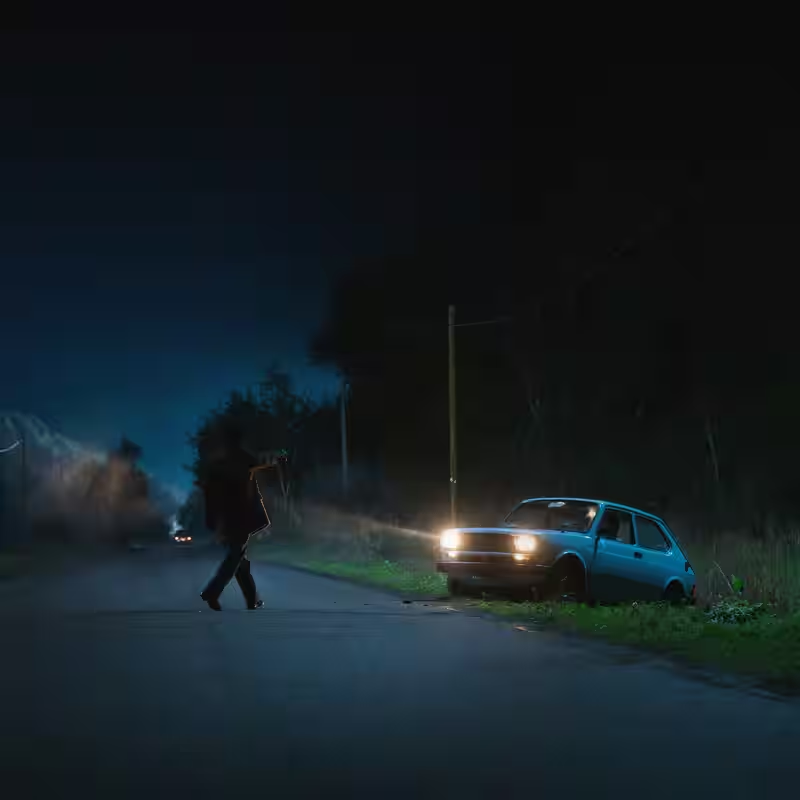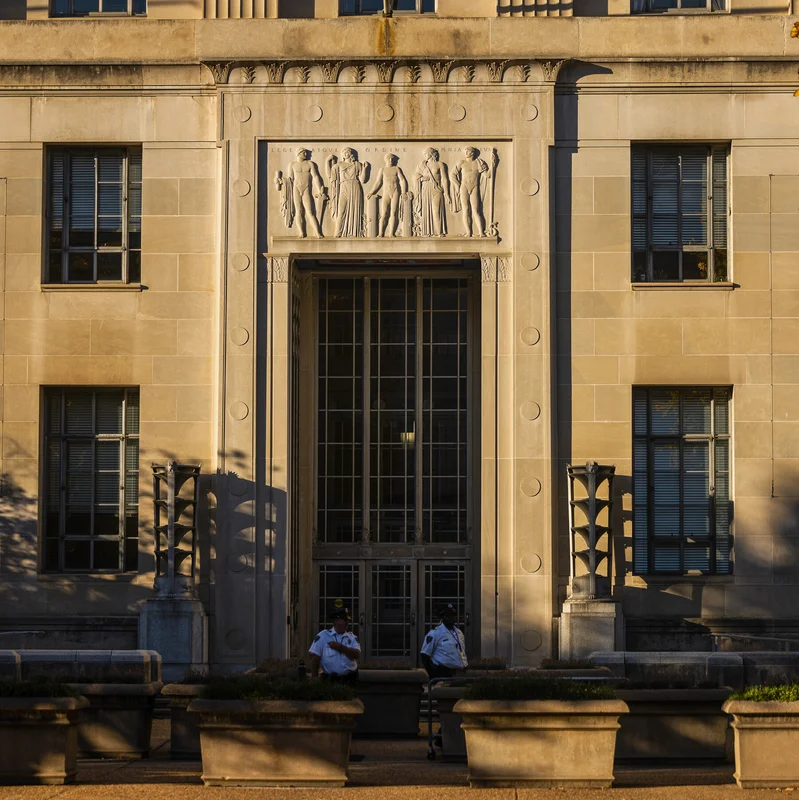Table of Contents
- The Real Monster of Florence Murders
- How Netflix Reimagines the Case
- Satanic Cults, False Confessions, and 126 Books
- Why Italy Can’t Let Go
- Sources
The Monster of Florence: Italy’s Most Haunting Cold Case
Between 1968 and 1985, a shadowy killer terrorized the countryside outside Florence, Italy, targeting young couples in secluded lovers’ lanes. In total, eight pairs—16 victims—were shot and mutilated in a series of ritualistic slayings that became known as the Monster of Florence murders. Despite decades of investigations, more than a dozen suspects, and four convictions, the true identity of the killer remains unknown.
The case has haunted Italy’s national psyche like no other. It’s not just the brutality that grips the public—it’s the sheer chaos of the investigation: coerced confessions, botched forensics, and wild theories involving satanic cults, secret societies, and even a woman who claimed she found human body parts in her ex-husband’s refrigerator.
Netflix’s ‘Monster of Florence’: A Four-Part Puzzle
Now, Netflix is diving into the mystery with a new four-part limited series titled The Monster of Florence, premiering October 23, 2025. Rather than pick one suspect, the show takes a bold narrative approach: each episode centers on a different man once accused of being the killer.
“It’s not about giving answers,” said the show’s creator in a recent interview. “It’s about showing how easily truth gets lost in obsession.” Viewers are left to weigh conflicting evidence, unreliable witnesses, and the emotional wreckage left in the investigation’s wake.
The series arrives at a time when true crime content dominates streaming platforms—but this isn’t just another whodunit. It’s a meditation on justice, media frenzy, and how a society copes when evil refuses to be named.
From Mostrologi to 126 Books: A Cultural Obsession
Italy’s fascination with the Monster of Florence has spawned an entire subculture. Devotees known as “mostrologi” dissect case files on niche blogs, trade forensic timelines, and debate obscure alibis with academic rigor. At least 126 books have been published on the subject—more than on any other Italian crime.
Hollywood has flirted with the story before—author Douglas Preston, who co-wrote a best-selling book on the case, was even interrogated by Italian police and briefly fled the country after criticizing the investigation.
Yet no adaptation has captured the full scope of confusion and tragedy—until now.
Why the Monster of Florence Still Matters
Beyond the gore and gossip, the case exposes deep flaws in Italy’s justice system: overzealous prosecutors, media sensationalism, and the human cost of wrongful accusations. Families of both victims and suspects remain scarred.
As Netflix brings the story to a global audience, it reignites a crucial question: Is it possible to solve a crime when everyone has a theory—but no one has proof?
For Italians, the Monster of Florence isn’t just history. It’s an open wound. And with every new telling, the hunt begins again.



